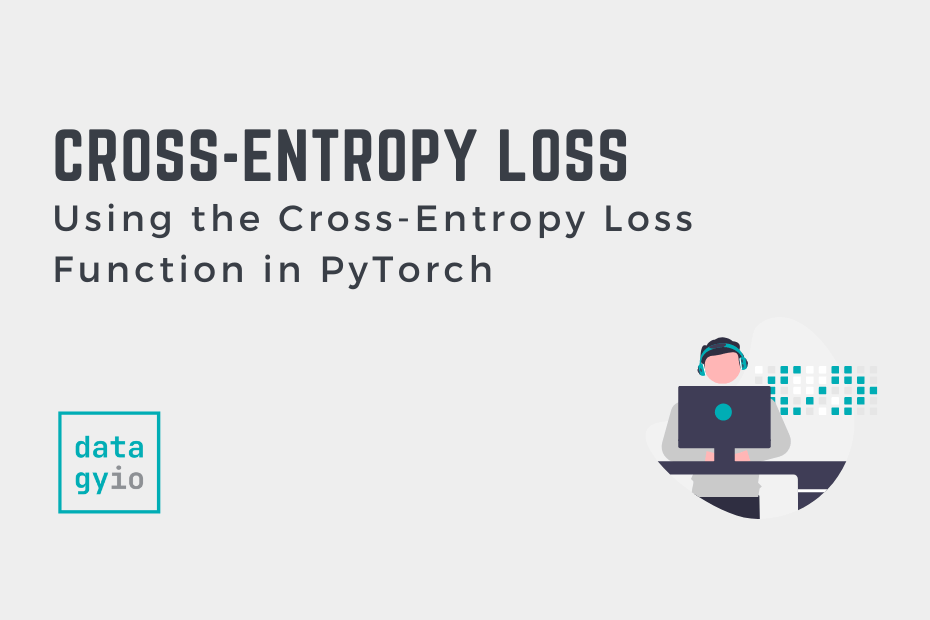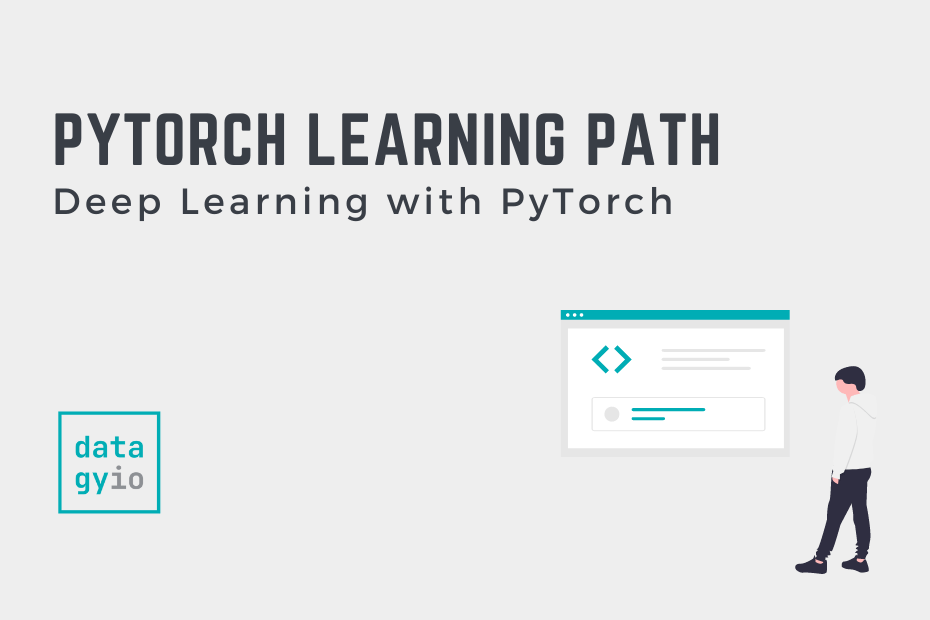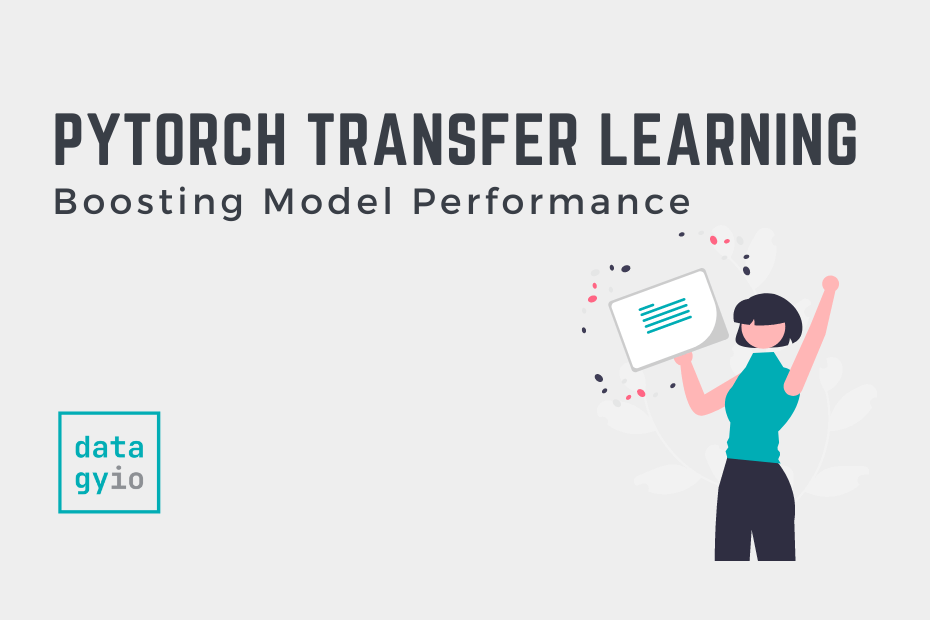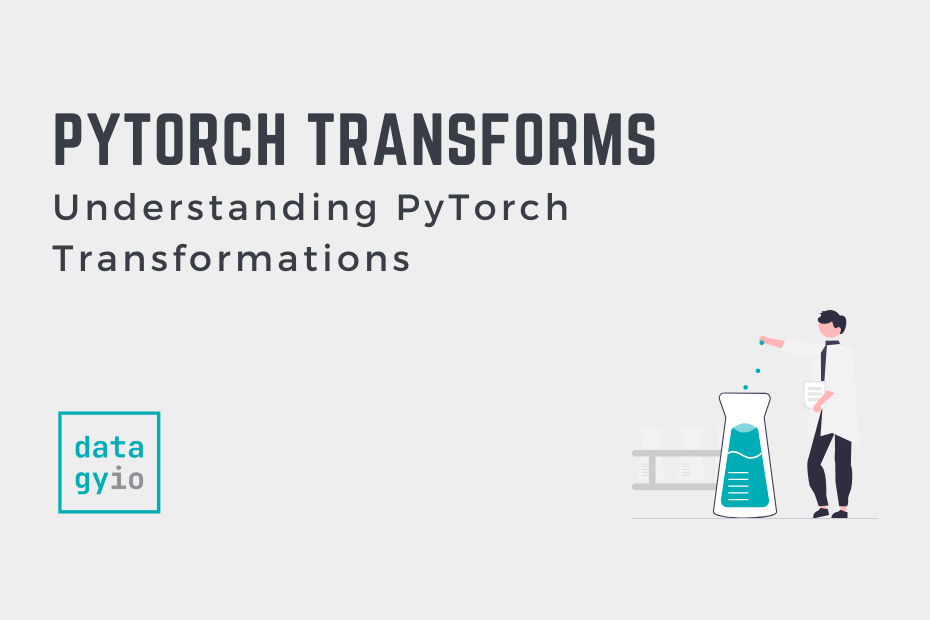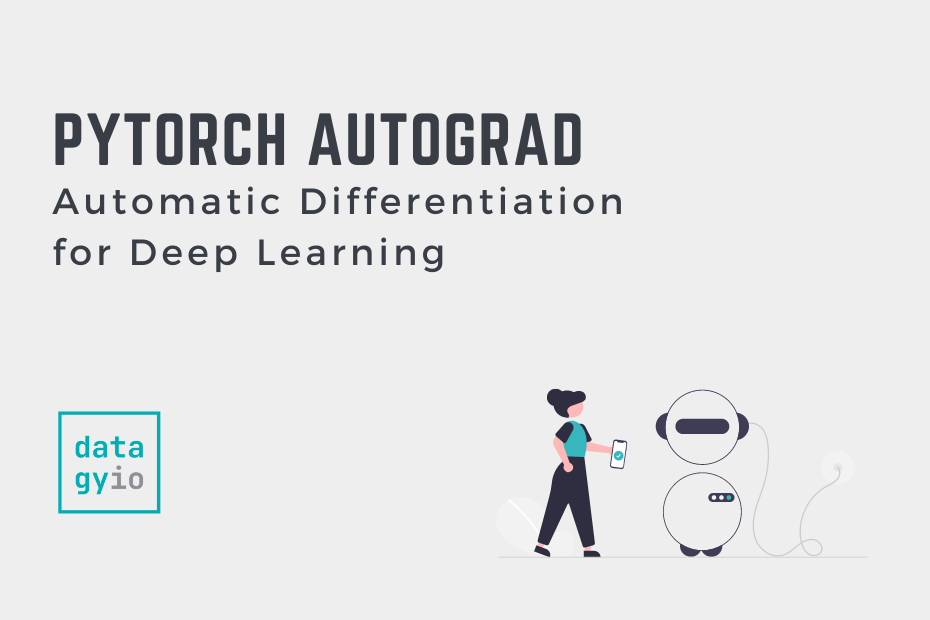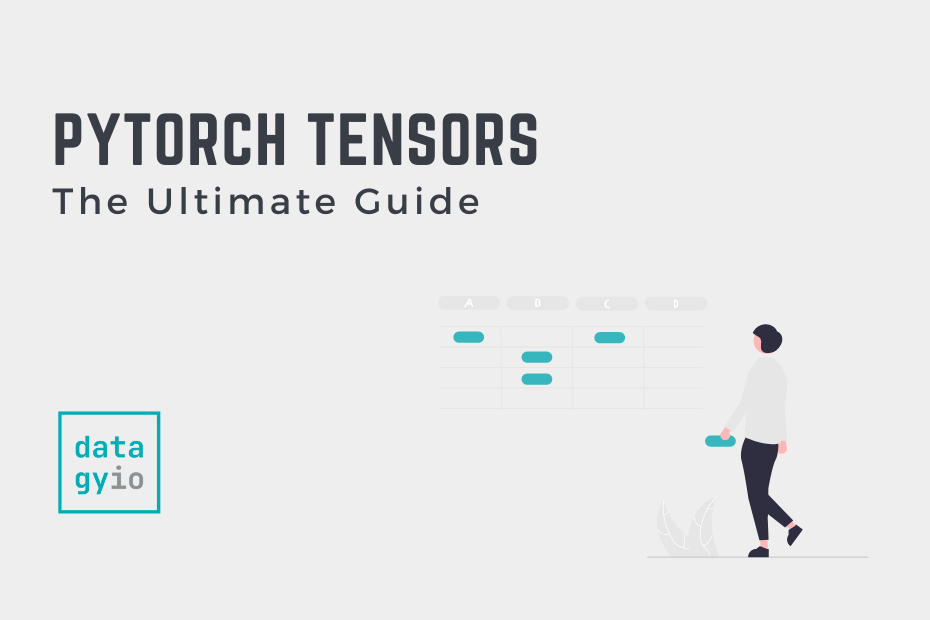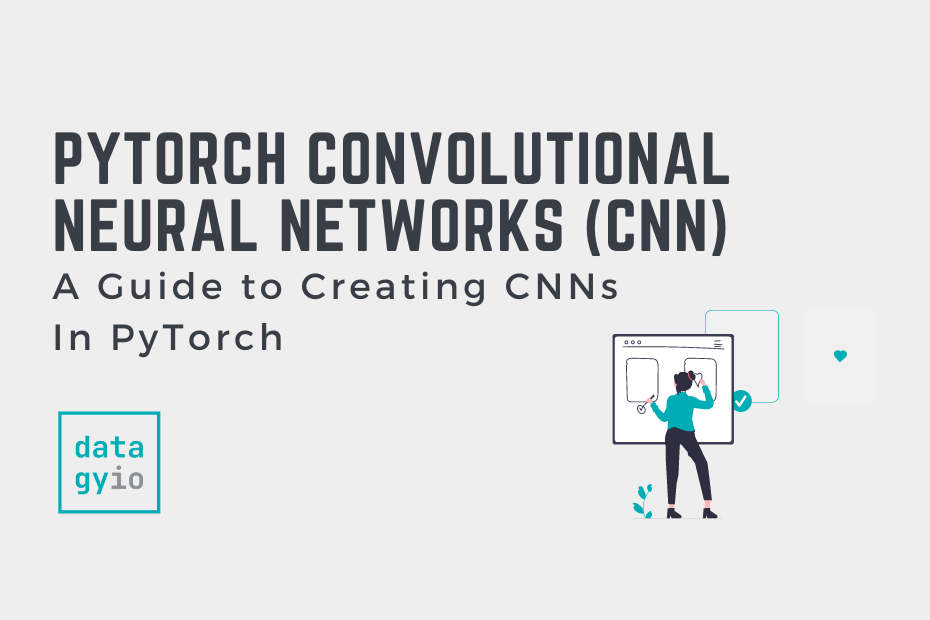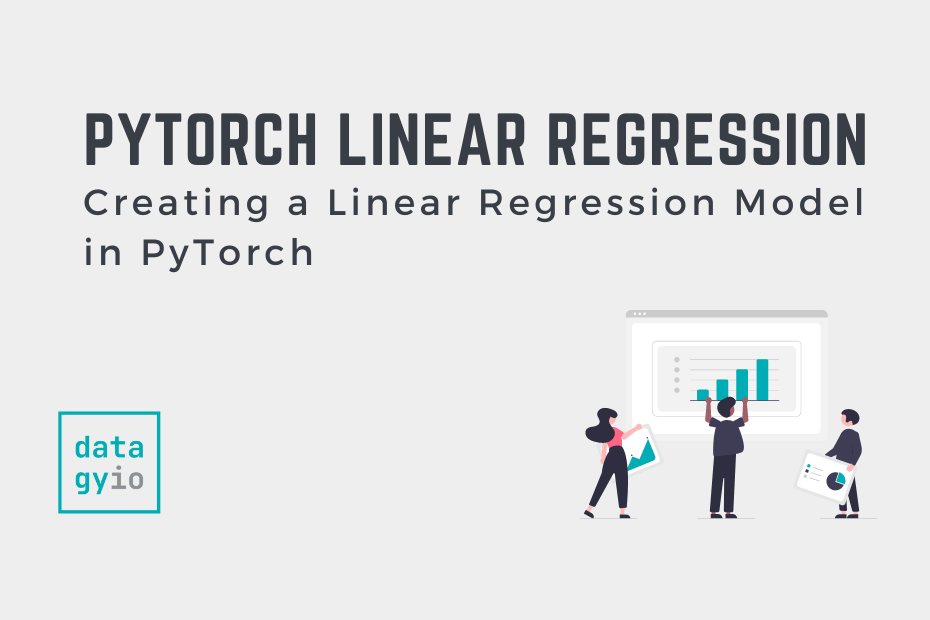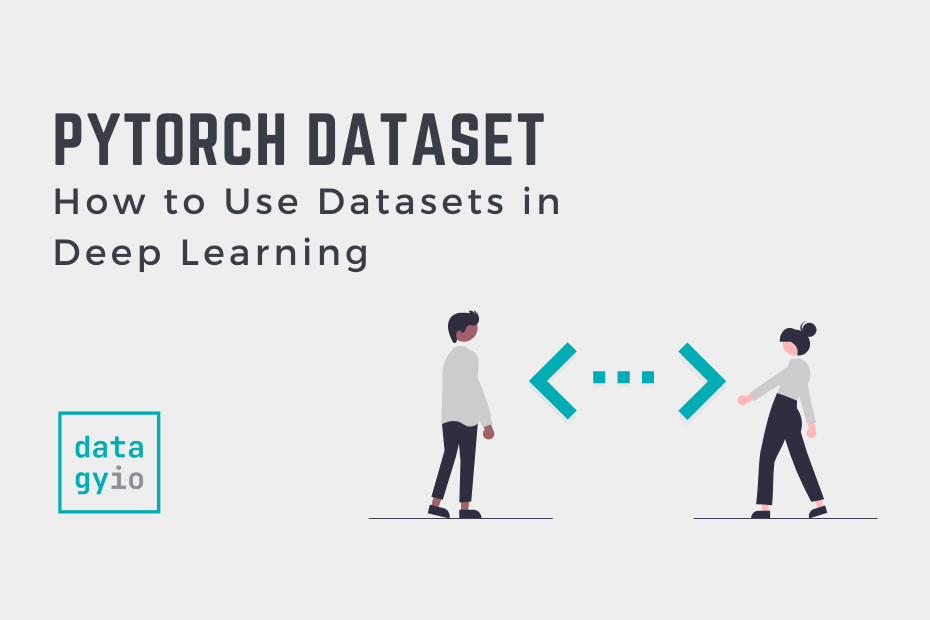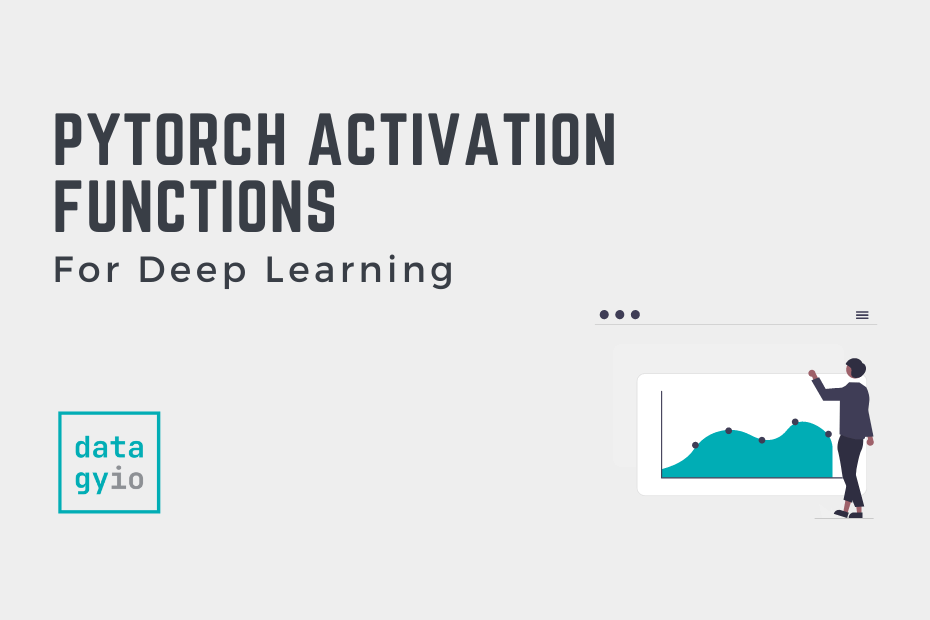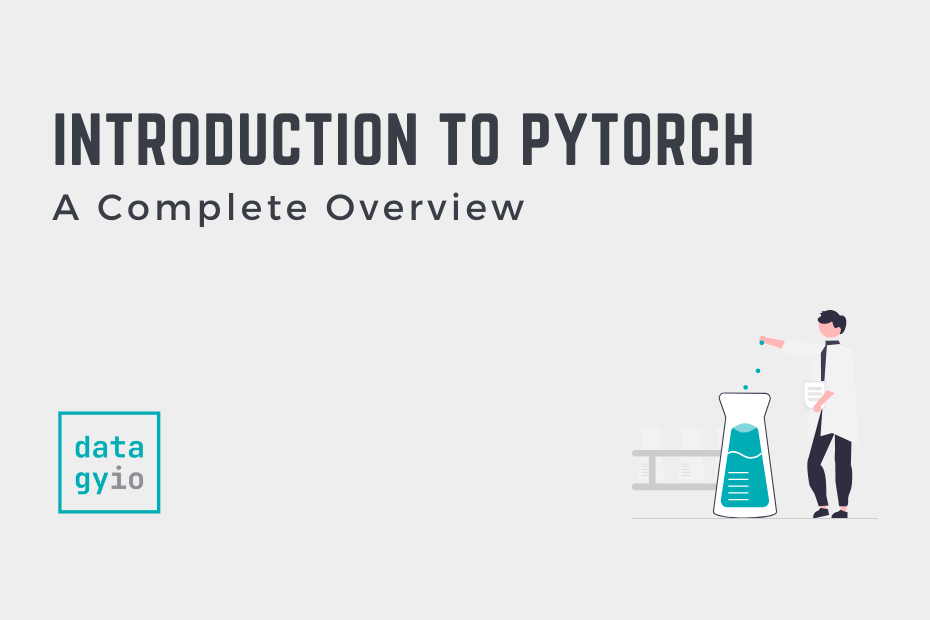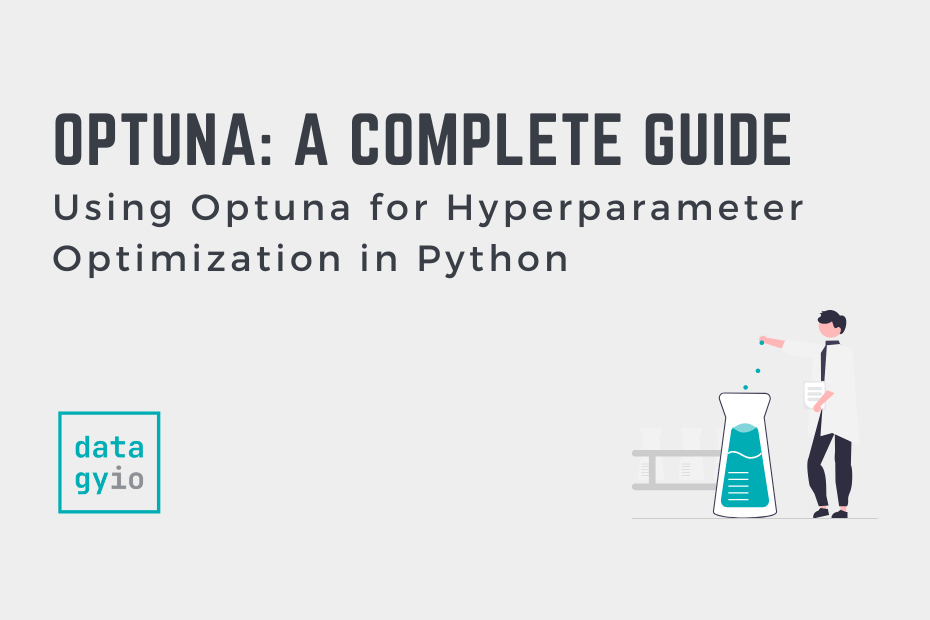Cross-Entropy Loss Function in PyTorch
In this tutorial, you’ll learn about the Cross-Entropy Loss Function in PyTorch for developing your deep-learning models. The cross-entropy loss function is an important criterion for evaluating multi-class classification models. This tutorial demystifies the cross-entropy loss function, by providing a comprehensive overview of its significance and implementation in deep learning. By the end of this […]
Cross-Entropy Loss Function in PyTorch Read More »

